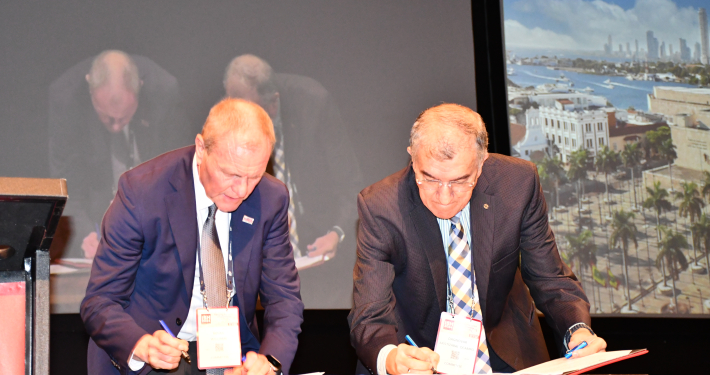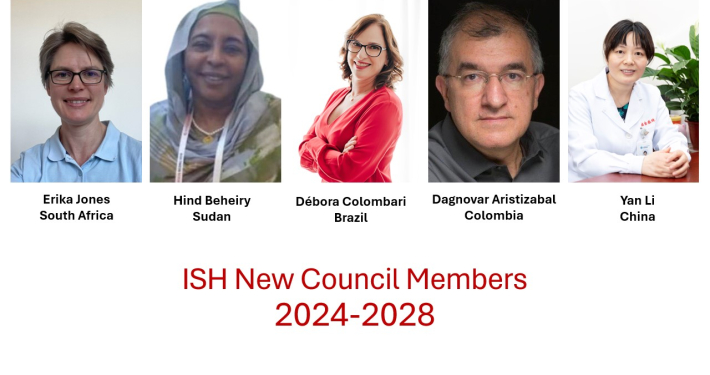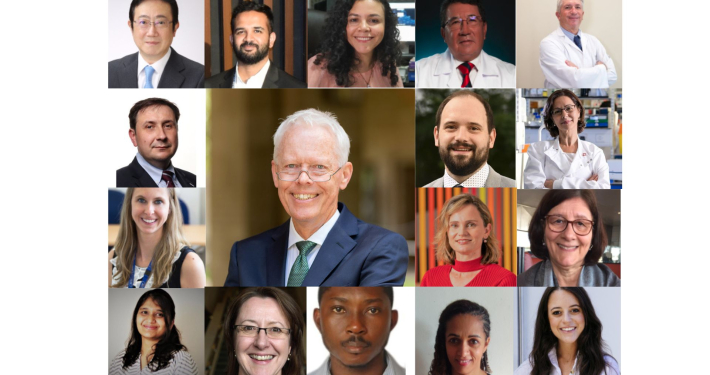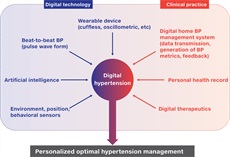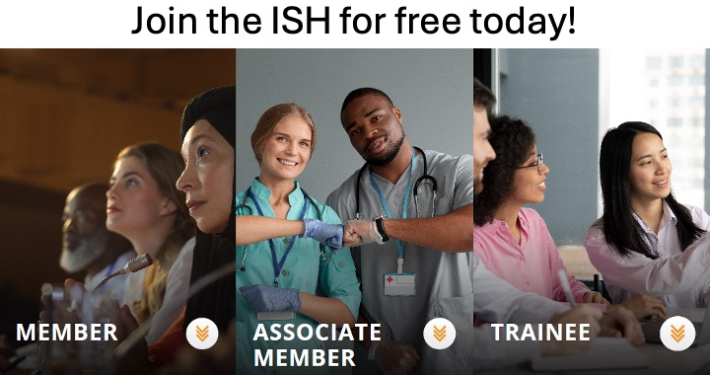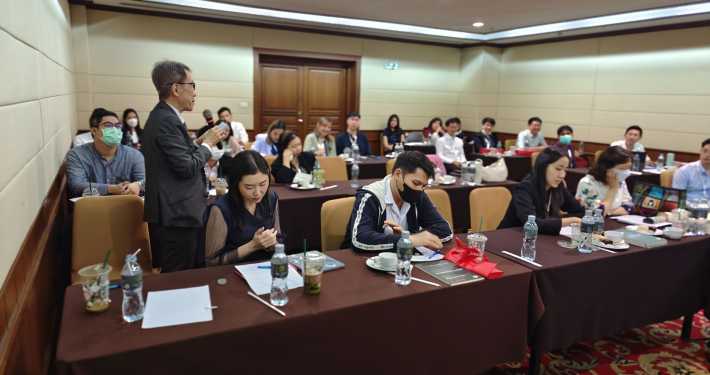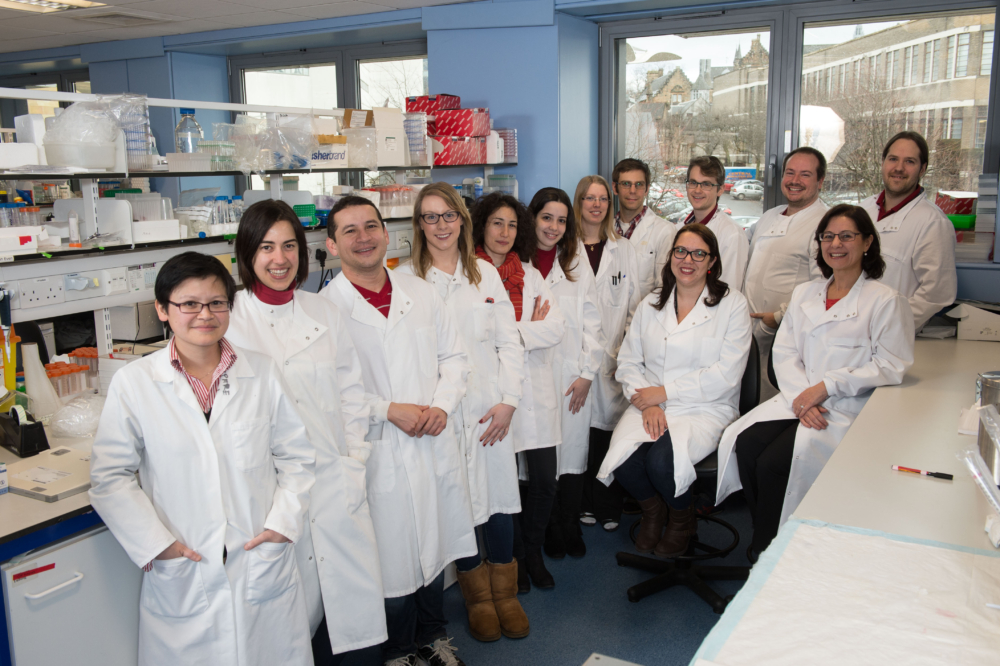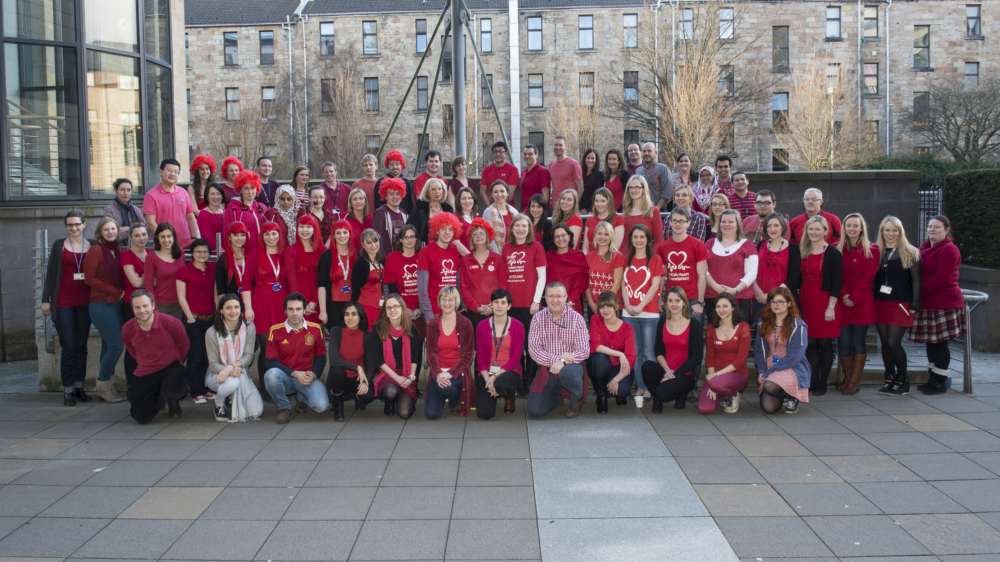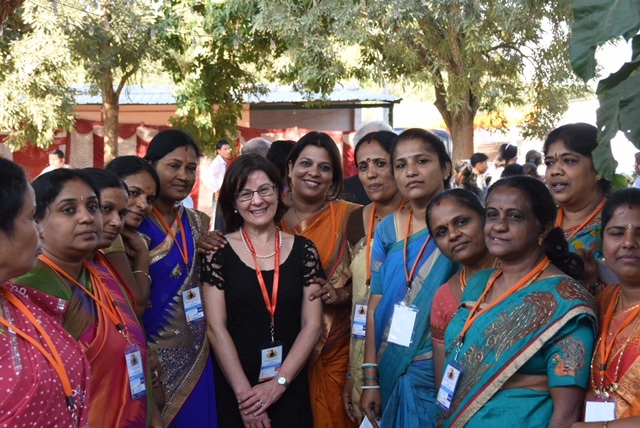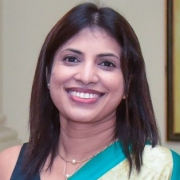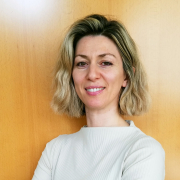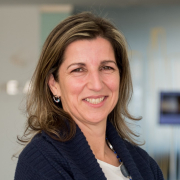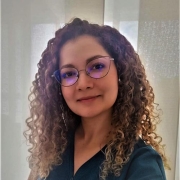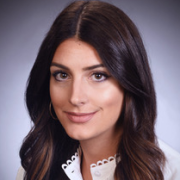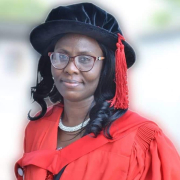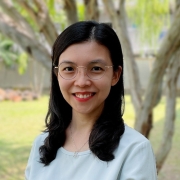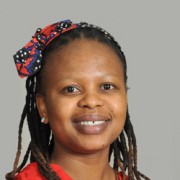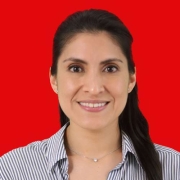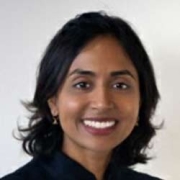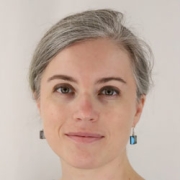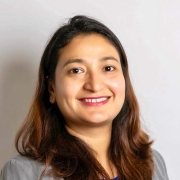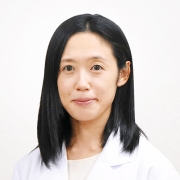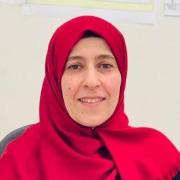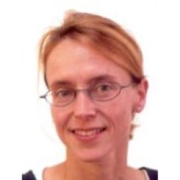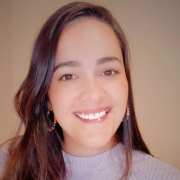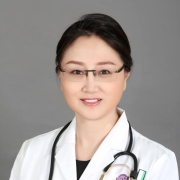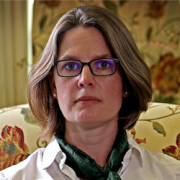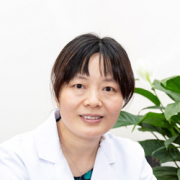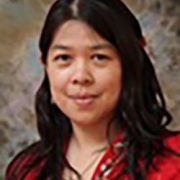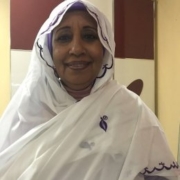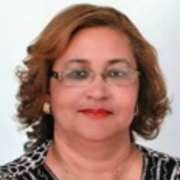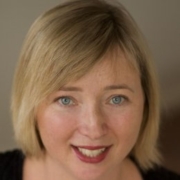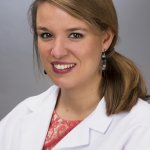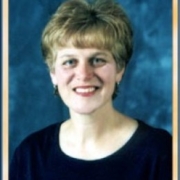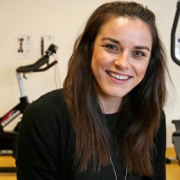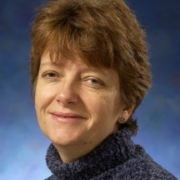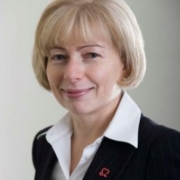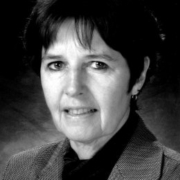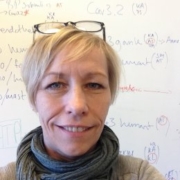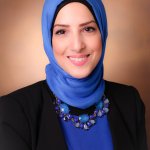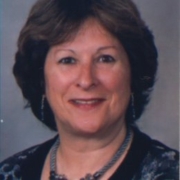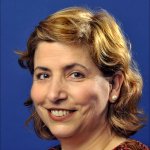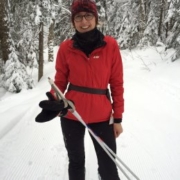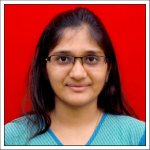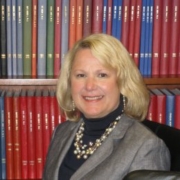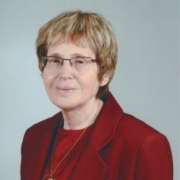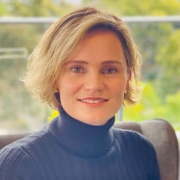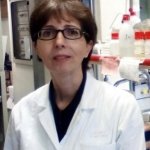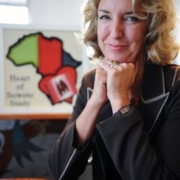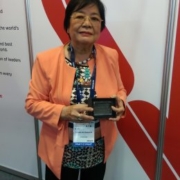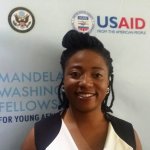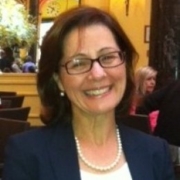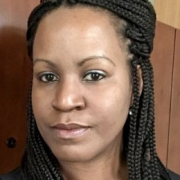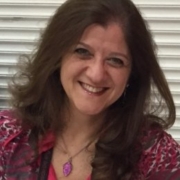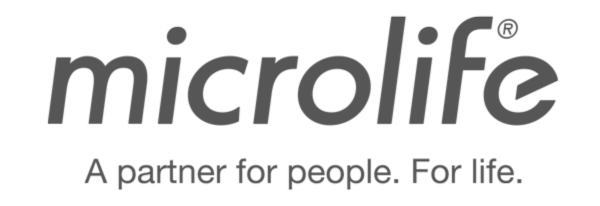What important career challenges have you faced and how did you overcome them?
Having a family, doing a clinical internship, completing a PhD, a post-doctoral fellowship, and immigration were major challenges for me as I established my career as a clinician-scientist. I also had significant challenges in obtaining a clinical permit to practice medicine in Quebec, when I moved from South Africa to Canada. This took me 10 years because of the complex rules and regulations for foreign doctors in Canada.
These career challenges were overcome by having fantastic support at home, help from friends, excellent child care assistance, and strong mentoring and guidance from academic supervisors. Working in a place where there was some flexibility and living close to work helped me too. Skills that I had to learn were multitasking and extremely good time management.
What advice would you give your younger self?
Don’t be afraid to take risks. Make informed decisions. Have confidence and do not doubt yourself. Be proud of your achievements and promote your successes. Don’t give up on things you believe in and that you enjoy, despite hurdles or obstacles.
Don’t think you are the only person who has had rejections in grants, publications and promotions – even the most successful researchers had rejections at some point in their careers.
Plan your post-doctoral experiences carefully as very often this is what guides you into your future career path. Its important to have an understanding and caring partner, who appreciates the demands and unusual stresses of research and academia.
Highlight your most significant research contributions and publications (3-5) – if relevant to you.
- Touyz RM, Chen X, Tabet F, Yao G, He G, Quinn MT, Pagano PJ, Schiffrin EL. Expression of a functionally active gp91phox-containing neutrophil-type NAD(P)H oxidase in smooth muscle cells from human resistance arteries: regulation by angiotensin II. Circ Res 2002;90(11):1205-1213.
- He Y, Yao G, Savoia C, Touyz RM. Transient Receptor Potential Melastatin 7 Ion Channels Regulate Magnesium Homeostasis in Vascular Smooth Muscle Cells. Role of Angiotensin II. Circ Res 2005;96:207-21
- Tabet F, Schiffrin EL, Callera G, He Y, Yao G, Ostman A, Kappert K, Tonks NK, Touyz RM. Redox-Sensitive Signaling by Angiotensin II Involves Oxidative Inactivation and Blunted Phosphorylation of Protein Tyrosine Phosphatase SHP-2 in Vascular Smooth Muscle Cells From SHR. Circ Res. 2008;103(2):149-58.
- Montezano AC, Paravicini TM, Chignalia AZ, Yusuf H, Almasri M, He Y, He G, Callera GE, Krause K-H, Lambeth D, Touyz RM. Nicotinamide Adenine Dinucleotide Phosphate Reduced Oxidase 5 (Nox5) Regulation by Angiotensin II and Endothelin-1 is Mediated via Calcium/Calmodulin-dependent Pathways in Human Endothelial Cells. Circ Res. 2010;106:1363-73.
- Briones AM, Nguyen Dinh Cat A, Callera GE, Yogi A, Burger D, He Y, Correa J, Gagnon AM, Celso E. Gomez-Sanchez CE, Gomez-Sanchez EP, Sorisky A, Ooi TC, Ruzicka M, Burns KD, Touyz RM.Adipocytes produce aldosterone through calcineurin/NFAT-dependent signaling pathway – Implications in diabetes-associated obesity. Hypertension. 2012;59:1069-1078
Have you had any significant career mentors? If yes, please provide further details.
I have been fortunate to have wonderful mentors who believed in my abilities and who encouraged and supported my goals and ambitions. As role models, my mentors taught me to strive for academic, clinical and research excellence, without compromise. My mentors were truly inspirational and their enjoyment and excitement for what they were doing flamed the passion and drive that encouraged me.
In particular, I acknowledge:
Professors Harry Seftel, Joe Veraiwa and John Milne, who were outstanding clinical teachers and supervisors at Wits Medical School, Johannesburg, South Africa. Prof Ernesto Schiffrin who was my post-doctoral supervisor at the Clinical Research Institute of Montreal, Quebec, Canada, played a major role in my transition from a clinical researcher to a basic-translational scientist. He remains an important mentor, collaborator and colleague. I am especially proud of the many beautiful papers we co-authored.
How can we support the next generation of women scientists?
We need to increase awareness, support and encourage women scientists. Promoting and celebrating successes of women, and creating an ethos of equality and diversity in our community will ensure that contributions by women are better recognised.
We need to provide mentoring schemes, networking opportunities and work experience where women scientists feel comfortable, confident and assertive. More consideration for personal and domestic family challenges need to be addressed with practical solutions, such as flexible working hours, on-site child care and leisure/well-being facilities.
Women are less likely to promote themselves – for awards, academic positions, leadership roles, policy makers etc. We should be encouraging more self-promotions and support of fellow women colleagues. Such awareness at an early stage in training will certainly provide better opportunities for women scientists and academics in the future.

